
Discover more at Oxburgh Estate
Find out when Oxburgh is open, how to get here, things to see and do and more.
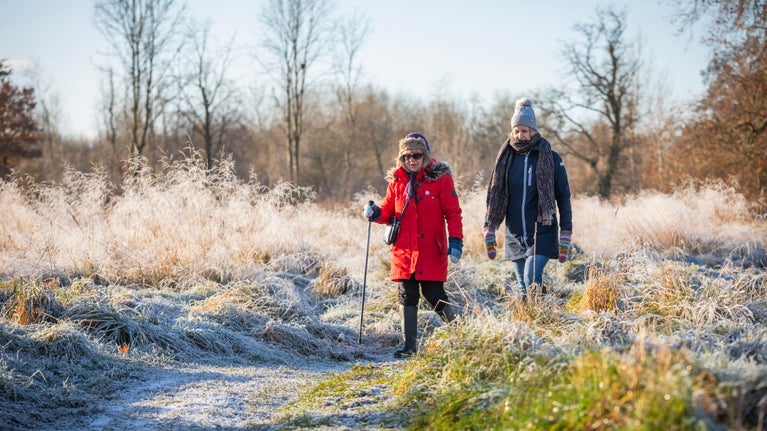
Oxburgh Estate is nestled on the edge of the Norfolk Brecks, where the land meets the wide-open Fenlands. As you wander beyond the garden, you’ll soon be out into the wider parkland and woods, where you can enjoy views towards the hall.
There was never a grand entrance to Oxburgh Estate or an elaborate design for the landscape. Instead, what you see today is the work of informed amateurs, the Bedingfelds and their advisors. The relative scarcity of family funds may also have influenced the simple design of the park, as funds were diverted to the Hall and pleasure grounds in the 19th century.
Although the house was saved at the final hour, most of the park was lost and converted to arable farmland. Today, the National Trust cares for 215 of the original 2,500-acre estate, which is still a substantial amount for those looking to explore.
One of the areas that the family managed to save was the Oak Yard, close to the chapel. There are some mighty veteran trees standing tall here, including oak, lime and sweet chestnut. As well as providing ideal bird nesting sites and bat roosts, the importance of these old trees is reflected in the discovery of a number of rare and scarce beetles in recent years. The grassland also makes it the perfect hunting ground for barn owls.
The Washpit is a meadow which is opened in the summer months when the marshy grassland (a remnant of historic fen), has dried out. This is an ideal time to see wildflowers, such as marsh orchids, meadow rue, meadowsweet and water avens, as well as the butterflies that they attract. Look out for the three species of wild flower local to Norfolk, the blunt-flowered rush, sharp-flowered rush and spiked sedge.
The River Gadder is one of England’s rare chalk rivers, which gets its crystal-clear water from underground chalk springs, making it an ideal habitat in which wildlife can thrive. The river supports brown trout and bullhead, and there have been sightings of water vole, otter and water shrew along the river bank. The national scarce gigantic grass-veneer moth, which has a stronghold in East Anglia, has also been recorded here.
Take part in some family challenges at Oxburgh. Have fun exploring nature and the great outdoors with some things to do from our list of ‘50 things to do before you're 11¾’.
Thanks to your support, in 2017, Oxburgh acquired another 126 acres of land, which once formed part of the original estate. The plan is to restore this arable land back to parkland, by planting trees and re-introducing areas of scrub, lowland meadow and ponds. This will not only bring back the feel of what it would have looked like in the 18th century, but will also help create new habitats for wildlife.
To help visitors explore some of these new areas of land, the garden team has mown some pathways through what was once arable land. The route is about 2 miles long and takes you on a wide loop around part of Oxburgh’s new boundary.
Home to at least seven species of bat, breeding barn owls and visiting otters, the surviving veteran trees are supporting scarce beetles and the Washpit with its wild flowers is proving popular with butterflies. What will you discover on your next visit?
The bird life is typical of the landscape you’ll find at Oxburgh Estate. Skylarks, song thrushes, barn owls and yellowhammers all breed in the area. Corn buntings and turtle doves have also been recorded near the estate. There have also been more sightings of red kite and buzzard in recent years.
Swans have been a regular feature at Oxburgh over the centuries. Historically, owning swans signalled nobility, as only those wealthy enough to own an official ‘swan mark’ from the Crown could keep them. Swans tend to mate for life and the current resident pair are usually seen with a flock of cygnets in the spring and summer months.
The Washpit is where you’ll find an array of wild flowers. This area is opened each summer, which is also the ideal time to keep your eyes peeled for several grassland and wood edge butterfly species, including small skipper, large skipper, gatekeeper, ringlet, meadow brown, small heath and common blue.
Discover a wide variety of wildlife during your visit to Oxburgh.
The hall and chapel are known to support the bat roosts of at least three species, and thanks to a bat recorder capturing sonic sound waves, it is known that the surrounding gardens and estate provide valuable feeding habitats for at least seven bat species, including the rare barbastelle. Insects emerging from the moat are a particularly great food source for bats, including the common pipistrelle, which roost in the garden wall and turrets.

Find out when Oxburgh is open, how to get here, things to see and do and more.
Oxburgh Estate is a two pawprint rated place. To help everyone have a fantastic time when you visit with your dog, we ask that you follow this guidance.

Wander around the Kitchen Garden and discover what’s growing this season as well as what's in bloom in the newly restored Peach House Border. Enjoy the tranquillity of The Orchard and the Herbaceous Border overlooking the Hall or venture further afield to explore the less formal areas of The Wilderness and My Lady’s Wood.
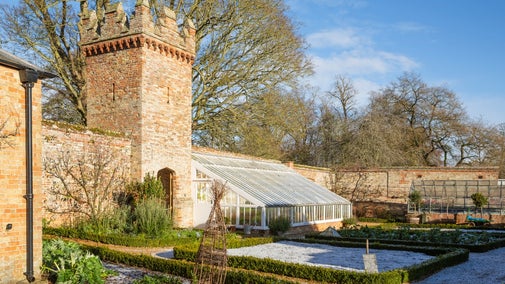
Oxburgh has been home to the Bedingfelds for more than 500 years, and they still live within private apartments at Oxburgh today. Discover what you might see on your visit.
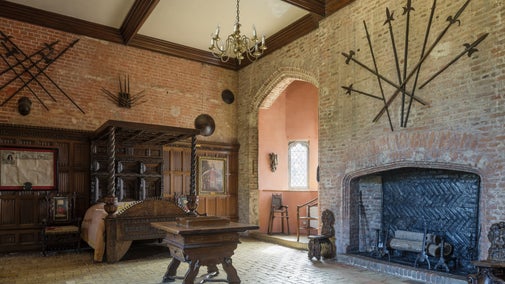
Whether you're building a den, becoming a nature explorer or searching for secret doorways, Oxburgh has plenty to keep the whole family entertained.
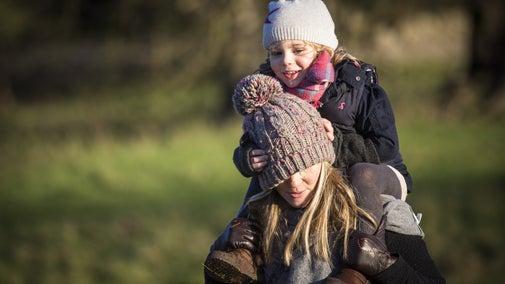
Explore an array of woodlands, bridleways, trails and paths throughout the countryside in Norfolk, with plentiful to spot wildlife along the way.
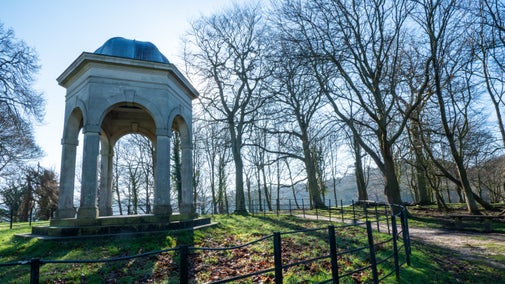
Plan a visit to one of the special countryside places in our care and discover the benefits of being in the great outdoors. Pack your walking boots and get ready to explore woodlands, valleys and rivers.
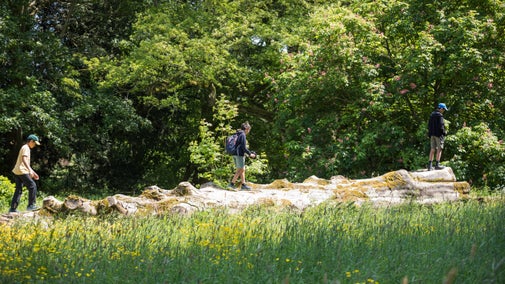
Explore some of the finest landscapes in our care on coastal paths, accessible trails, woodland walks and everything in between. Find the best places to walk near you.
